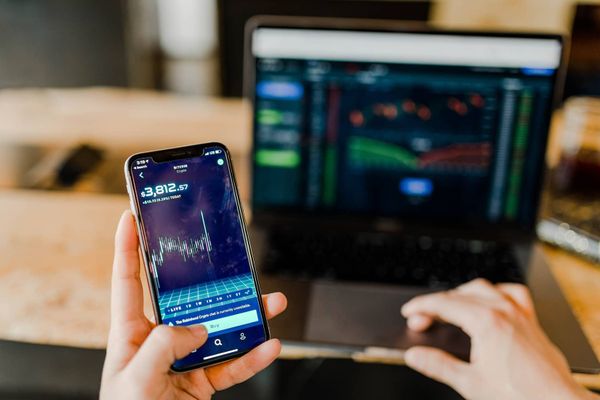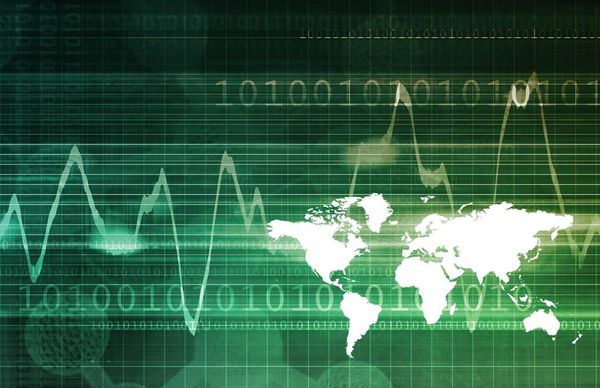
How is Behavioral Economics Different From Classical Economics?
How is Behavioral Economics Different From Classical Economics?
Behavioral and classical economics are two opposite realms in economic modeling, and knowing their differences starts with understanding how they interpret human behavior and decision-making.
The Uniqueness of Each Approach
Many people think behavioral economics is about manipulating human behavior. In reality, it is analyzing the usual mistakes people make during this process, and the circumstances that lead them to commit those errors.
Specifically, a huge part of behavioral economics deals with the inconsistency between desires and outcomes. For instance, a person may want to lose weight but never get around to doing it. Another big mistake in people’s concept of behavioral economics is concerned with man’s irrational behavior. This can be traced back to classical economics, which asserts that people are rational beings. Behavioral economics, on the other hand, assumes that the opposite is true.
However, recognizing that humans are not always reasonable in their thoughts and actions, is not the same as calling them unreasonable or out of touch. It only means that they are prone to committing mistakes with their decisions and are not always end happy or successful with their choices.
How They Apply to Economics
In classical economics, production and consumption are understood by determining cost and benefit at the margin. Both the producer and the consumer are believed to make rational decisions. Consumers boost their buying power by getting the most benefit per dollar, and producers work to gain the highest possible profit.
Classical economics is all about balance and what market forces can do to make resource allocation as efficient as possible. In some cases, there is a full or partial market failure. However, classical economics believes in traditional measures like taxation and subsidy by changing relative prices. With this comes a change in behavior to match benefits with a social cost.
Principles of the Economic Model of Human Behavior
At the core of the traditional approach are three basic tenets collectively known as the economic model of human behavior:
- that everyone is rational,
- that their choices align with what is best for them, and
- and that their thoughts and beliefs are shaped around new information.
However, these concepts are not always realistic, according to behavioral economics, which operates in reverse. This is the most important difference between the two approaches.
Experts have developed a foundation for behavioral economics by saying that human behavioral tendencies impact the decisions they make. Thus, they must be part of economic and financial models. In particular, they propose that psychological realities such as framing, heuristics, and biases must be integrated into these models. Two of the key precepts of behavioral economics are that people make systematic mistakes because of psychological blind spots, and because the conditions surrounding the decision has a considerable effect on it.
Overconfidence Example
One of the easiest examples of a bias that shapes decisions is overconfidence, which is irrational behavior. An overconfident person is one who thinks he is more knowledgeable, experienced, or skilled than he actually is. This is not tantamount to saying he is the opposite of who he thinks he is. The reality is that he thinks too highly of himself and what he can do.
According to experts, overconfidence causes male traders to act in a way that leads to financial losses because they believe they know financial markets more than they really do. As an effect, they flip investment portfolios more often than their female counterparts, leading to less total returns once commissions and fees have been considered.
As to framing, say, a client is presently at the 2,200 level and there are two possibilities that can occur:
- the market soaring by 25% in the following year to reach 2,750 before dropping by 40%; or
- the market having zero activity during that succeeding year and then diving by 25%.
Which of the two is more favorable to the client?
Our Verdict
In both cases, the outcome will be the same, but the first picture is likely to hurt more because it came as gaining something and then losing it. In the second one, the client experienced a loss that is of a lower magnitude. Either way, it still boiled down to 1,650 and the fact that framing influences how a client interprets the result. It is how the events are packaged that ultimately makes a difference in how they are perceived.
Battle for Dominance
Although behavioral economics can play a major role in solving the limitations of classical economics, it is not technically an alternative.
The behavioral method has received its share of criticism, especially in its conduct of laboratory experiments where many of the participants came from WEIRD – Western, Educated, Industrialized, Rich, and Democratic – nations and are thus not a representative sample.
Another fault pointed out in the laboratory project was its unrealistic nature. Tests normally make use of small stakes related to the issues with real and long-term outcomes. The fact remains that what comes out of behavioral experiments at a certain point is not necessarily true for the future or from one generation to the next.
Popular economists from the classical era defied behaviouralists by saying that when offered good rewards, consumers will later realize that their actions are not in line with the model. Then they will make adjustments as needed.
Cognitive Overload
In any case, economics as an academic field can extract fresh ideas from other precepts. For instance, people have improved their understanding of neuro-economics. This refers to how the brain works with decisions, and how people’s choices are restricted by their brainpower. Cognitive overload is what normally happens when individuals have to sort through a range of options.
This often comes down to heuristics, a problem-solving approach that, while practical, is not always guaranteed effective.
Economics can examine behavior too by analyzing networks as well as using linguistics where behavior can be shaped through language. Students spending more time studying history side by side with economics courses can understand more complicated historical events.
Moreover, the student can learn anthropology and how culture affects behavior. Anthropology enlightens on the complexity of humans as psychological creatures who exist in different social contexts. People usually have an inherent grasp of fairness when resources are limited.
Conclusion
Classical economics has developed models that are more and more detached from the reality of people and enterprises. In this intricate world where unpredictability has become part of life, it is impossible to tackle and understand economics with a cookie-cutter approach.
Behavioral economics is definitely not the solution but neither is classical economics the problem. The challenge is to find a common ground where maximum benefit can be drawn out from each model for the overall benefit of society.


